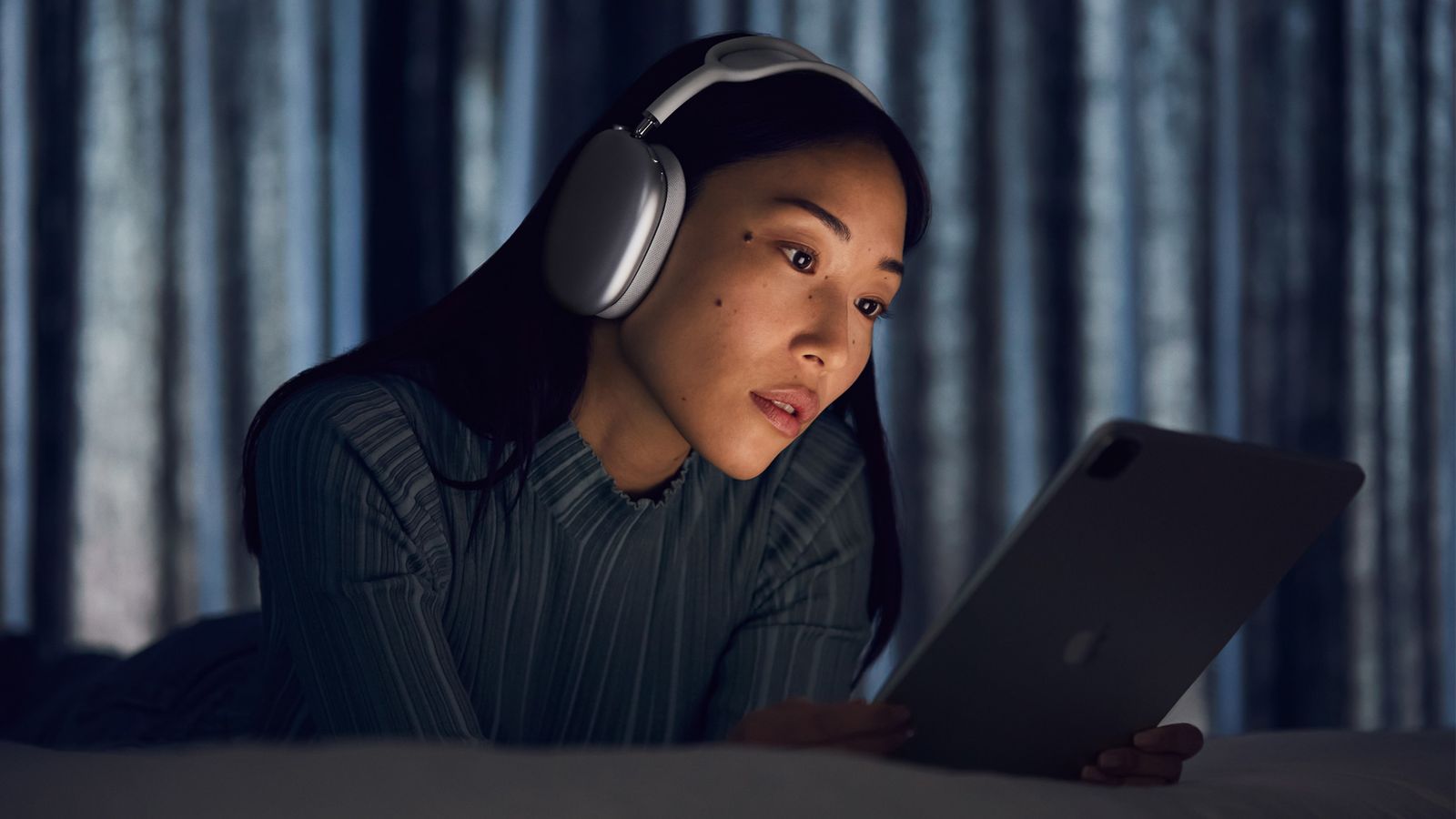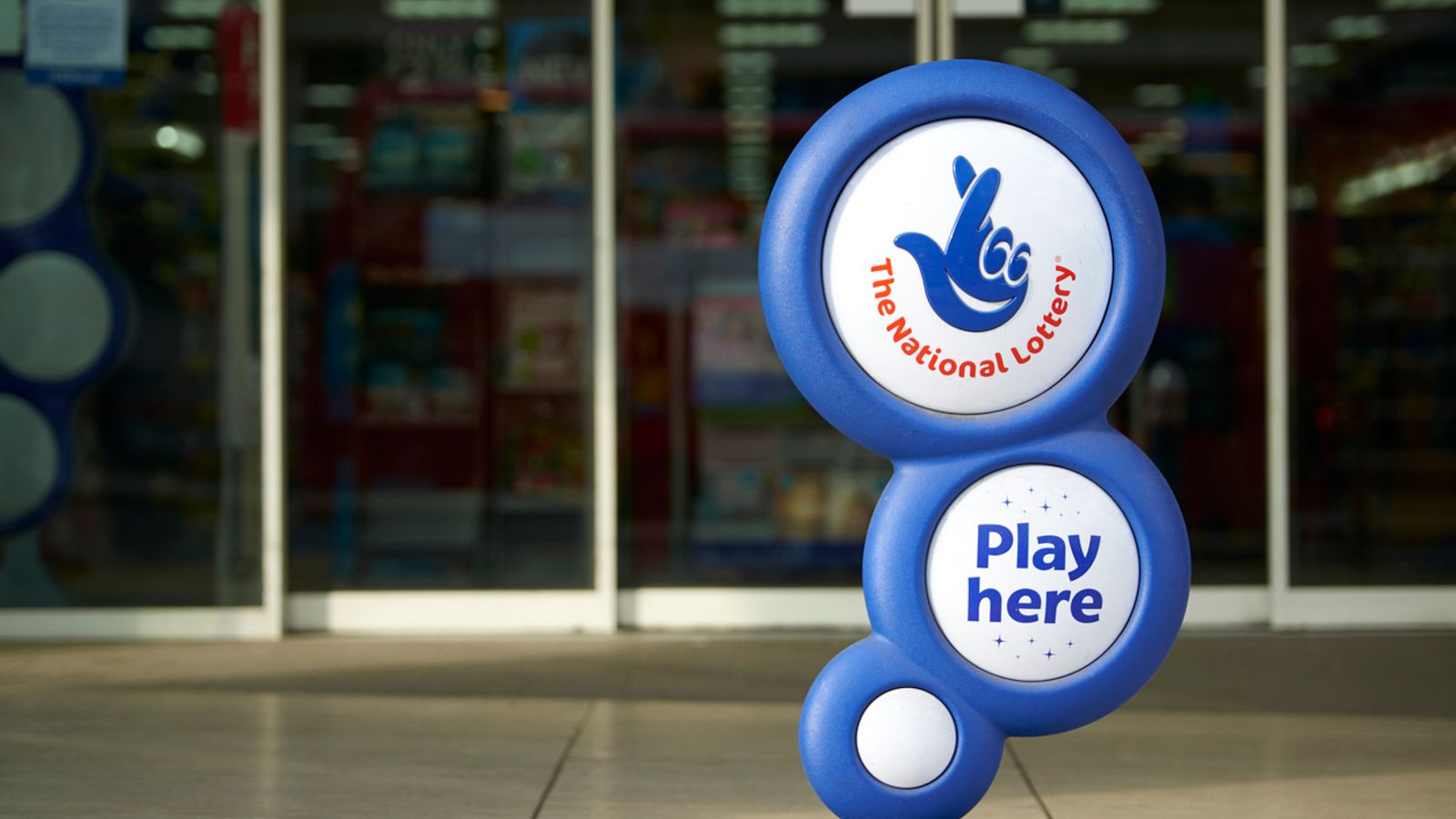More than a billion teenagers and young people could be at risk of hearing loss due to their use of headphones, earbuds, and attendance at loud concerts, researchers have warned.
The peer-reviewed findings, published in the journal BMJ Global Health, claim there is an “urgent need” for governments around the world to promote “safe listening” policies to protect public aural health.
Relevant companies – such as those in the technology, music, and events industries – must also do more to make youngsters aware of the risks, as data suggests they are regularly exposed to unsafe noise levels.
According to previous research, people often choose volumes as high as 105 decibels when listening to music with headphones and earbuds, while entertainment venues see average sound levels range from 104 to 112.
These all exceed advised permissible levels of 80 decibels for adults and 75 decibels for children – any higher is deemed dangerous even for short periods of time.
More than 30 studies of almost 20,000 total participants, aged 12 to 34, were considered to get an idea of just how many people exposed themselves to such noise levels. The analysis implied it was common globally, and stood at 48% of teenagers and young people.
Using that data in conjunction with the estimated worldwide population of 12 to 34-year-olds (2.8 billion), the researchers estimate that upwards of 1.35 billion of them could be at risk of hearing loss.
How long COVID ruined my life, from crushing fatigue to brain fog
NASA’s Artemis moon mission is hours from launch – here’s everything you need to know
Treasury trolled after opening account on instant messaging social platform Discord
Lead author Dr Lauren Dillard told Sky News: “It’s hard to think about the ways in which your immediate actions are going to affect you long term. Hearing loss is generally something that happens incrementally and progressively.
“A lot of people can resonate with the feeling of going to a loud concert and have ringing in their ears, or maybe even can’t hear properly for a day or two, and then it resolves.
“There is not a lot of recognition that continued exposure like that can cause permanent damage.”
Dr Dillard, of the Medical University of South Carolina, is a consultant to the World Health Organization and (WHO) urged governments and device manufacturers to adhere to its guidance on safe noise levels.
Read more from Sky News:
UK’s most popular passwords revealed
Neutron stars ‘structured like chocolate pralines’
Among the recommendations for governments are to launch public awareness campaigns on safe listening, while manufacturers are encouraged to ensure their products can warn users of prolonged listening at high noise levels.
“There have been some pretty massive improvements in technology used to track this,” Dr Dillard said, with noise notification alerts now baked into devices like smartphones and watches.
“Features like noise alerts are relatively new, and continually improving and tweaking those is important.”
Regarding entertainment venues, the WHO recommends an upper sound limit of 100 decibels, implementing active sound level monitoring to ensure compliance, optimising acoustics and sound systems, providing hearing protection, such as earplugs, and quiet zones.
Given the study’s focus on young people – and how ubiquitous smartphones and earbuds have become for a generation of schoolchildren – Dr Dillard said education was also key.
For more on science and technology, explore the future with Sky News at Big Ideas Live 2022.
Find out more and book tickets here






